With my older children, it was natural that they went from a bottle to a sippy cup. My daughter’s pediatrician recommended starting one at four months old, and she was of her bottle by one year old. My son followed a similar pattern.
Imagine my surprise when I found out sippy cups are no longer recommended! I delved deep into some research about why they are not recommended, the dangers of sippy cups, and what the best alternatives are for babies.
I understand that parenting information changes all the time, so I wanted to make sure that I wasn’t using outdated information with my grandson.
Short On Time? Here Are Our Top 3 Choices
| Title | Price | Prime | Buy | |
|---|---|---|---|---|
Top | Hamarue 3-in-1 Glass Sippy Cups for Toddlers | PrimeEligible | Buy Now | |
 | Tabor Place Glass Sippy Cup for Toddlers | PrimeEligible | Buy Now | |
 | Munchkin Miracle Stainless Steel 360 Sippy Cup | PrimeEligible | Buy Now |
What Is A Sippy Cup?
Most of us think of any transition cup as being in the sippy cup category if it is marketed for babies to use. This includes cups with straws, etc. However, that is inaccurate.
A sippy cup might have handles, but some come without them. All sippy cups have a spout. Some of these are hard plastic while others are a softer, silicone spout that feels closer to the nipple of a bottle. The sippy cups with spouts are the ones that you want to avoid buying.
Why Are Sippy Cups Bad For Babies?
When society has gone from recommending something to say it’s not a great idea, you can’t help but question why. It turns out there are quite a few great reasons why parents are encouraged to avoid sippy cups.
Delayed Development, Including Speech Development
When a baby drinks from a sippy cup, they have to move their mouth to accommodate the spout. This is particularly true for sippy cups with a hard plastic spout but applies to all sippy cups.
I tested this and bought a cheap sippy cup from the dollar store. When I drank out of it, it was very obvious that I had to hold my mouth a certain way to drink out of the cup.
Because babies use sippy cups so much, they have to hold their mouths that certain way for an extended period of time. They also swallow more consistently than they would with a regular cup.
This leads to them not learning how to drink out of a cup through using a sippy cup, even though they are supposed to help with that transition.
This can also contribute to delayed eating patterns. Your baby doesn’t learn to take a drink, swallow, and then take another drink when they are using a sippy cup.
This means that they are not learning to chew food, swallow and then take another bite yet. It can delay their being able to feed themselves and help promote an eating habit that can be a choking hazard.
Sippy Cups Contribute To Tooth Decay
Many people have known about baby bottles contributing to tooth decay. This is because when infants suck on them, particularly at night time, the formula rests against their teeth.
View in gallery
If you give your baby juice, etc. the constant flow of sugar over their teeth will ultimately result in baby bottle tooth decay. This is commonly seen in the front teeth of the baby.
However, now we also know that sippy cups can do the same thing. This is because babies drink out of a sippy cup the same way that they do a bottle.
Parents are also guilty of putting their children to bed with sippy cups, with results in the same thing that happens when you put your baby to bed with a bottle: tooth decay.
When parents opt for a healthier alternative, like a transition cup or one with a straw, babies do not continuously suck on them to drink them.
This does happen with a cup with a straw, but the straw often goes behind their front teeth. It’s also not as common for parents to put their kids to bed with cups like a 360 cup.
Sippy Cups Are For Parents, Not Babies
When sippy cups were first designed, it was to prevent spills. This made things easier on parents, and it was quite a while before anyone put any more thought into this.
When products are designed primarily for parents, they simply don’t address the needs of our children. Instead, avoid sippy cups and go with options that can be convenient for you, but are designed with babies in mind.
Sippy Cup Alternatives
If you’re doing away with sippy cups, what are you supposed to buy? I had this question, too. It turns out there are quite a few options on the market that are better for babies. Some are also spillproof to make them great for your little one’s development and more convenient for you.
Cups With A Straw
These are plastic and come with a silicone straw that folds down. When they are not drinking from the cup, you can usually close the lid to fold the straw back down, eliminating spills. Not only are they safe, but they are also more eco-friendly than using disposable straws.
Don’t forget to pick up a pipe cleaner or two if you choose this option. The inside of the straw needs to be cleaned properly, and they aren’t always detachable so boiling them to sterilize them might not be an option.
Spoutless Cups
These are designed just like sippy cups. Most of them are even spillproof. However, they don’t have the spout that makes sippy cups unhealthy for babies, making them a better choice. Some of them are called 360 cups, too.
What Are 360 Cups?
These cups are designed to be similar to a regular drinking glass because they let babies drink from any part of the cup. The rim is small, and most of them are spillproof.
Because babies and toddlers can drink from any part of the cup instead of just the designated opening, they are often referred to as 360 cups.
View in gallery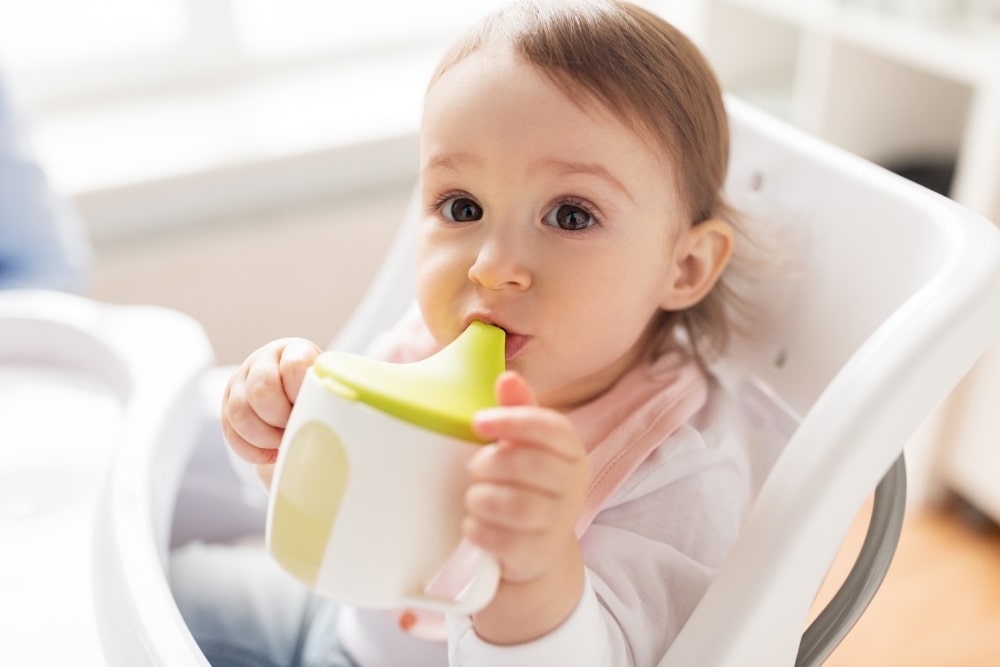
Toddler Learning Cups
Toddler learning cups are open designed cups, just like the ones that you drink out of. However, most of them are made from thicker materials so that they are less likely to tip over.
Some have handles that make them easier to drink out of, but there are also products that do not have handles.
If your little one is older, they might be ready to drink out of these already. Younger babies can have practice sessions with parents or an adult until they are ready.
Bottled Water
While this isn’t a cup, it works wonderfully for those practice sessions about how to drink out of a cup. You can help your little one learn to tip the bottle up a tiny bit, take a drink and then swallow before taking another drink.
This is exactly what they will need to do when drinking from a regular cup. Most babies can do this with assistance. If they spill it, there’s nothing but water in the bottle so it’s easy to clean up.
Avoid Water Bottles
Water bottles might seem like a great sippy cup alternative, but these do the same thing that sippy cups do. Although they don’t have the same spout, they do have a spout.
They also don’t require that your little one take a drink, swallow, and then take another drink. Instead, they can continuously suck on the spout as they do a sippy cup.
These are also not ideal because the liquid runs over their front teeth, as it does with a bottle. As another downside, these are so similar to a bottle that you’ll find that you have to break them from water bottles too.
Consider Yeti Cups
View in gallery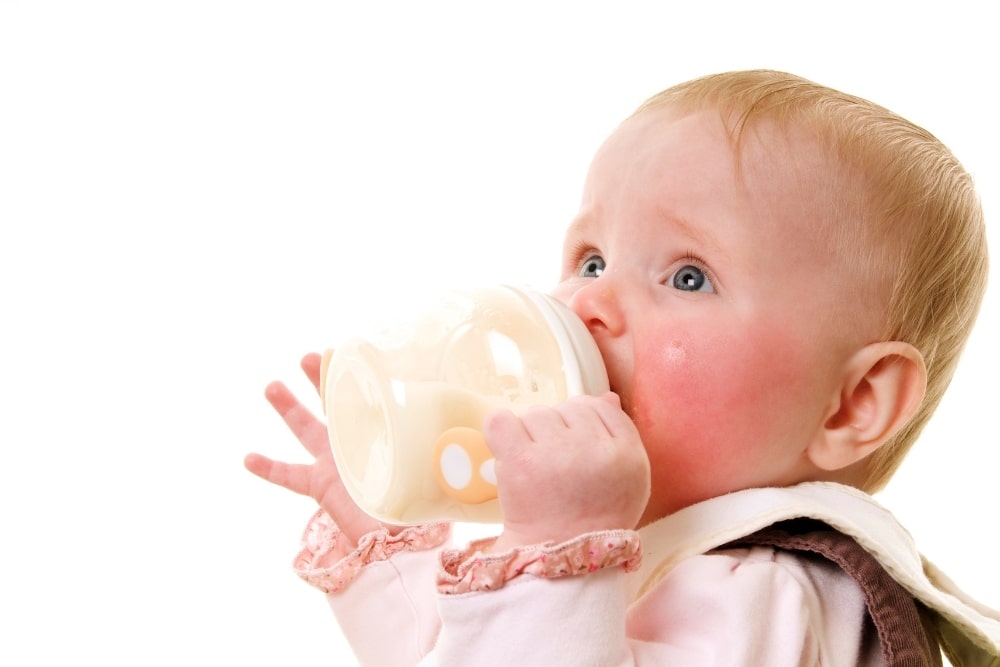
Yeti cups are lead-free, even though they are made from stainless steel. These cups can keep drinks hot or cold for ten hours, which is one of the reasons that I personally love them.
You won’t have to worry about as much waste because your little one didn’t drink all of their milk. They also have an opening to drink out of, but your little one doesn’t have to suck on a spout to get a drink.
This makes them a great option if you’re looking for a transitional cup for your toddler.
When Can You Introduce Sippy Cup Alternatives?
Now, pediatricians say that you can safely give your baby a bottle until they are eighteen months old. My daughter was on a sippy cup at four months old, my son at five months old, and the grandbaby at six months old.
You can start giving your baby small drinks from a sippy cup alternative at the same age. However, it’s important that you only give them small drinks. Babies should get the majority of their nutrition from formula or breastmilk for the first year.
If you give them too much of anything else to drink, even if it’s just water, it can fill them up. This will result in them not drinking as much formula or breast milk.
If you’re concerned about whether it’s too early to give your baby a sippy cup alternative, consult your pediatrician. Your child’s pediatrician is always there to help you navigate down the path of parenting.
How To Introduce Sippy Cup Alternatives
Most parents opt for a straw cup first. This teaches babies how to suck things out of a straw, which can make the transition to a 360 cup easier.
However, there are plenty of parents that simply give their little ones a 360 cup to use, and they seem to do fine. You can opt for either way, and your little one will still turn out just fine.
After your baby is able to control their movements well enough to drink out of a 360 cup, it’s time to move on to a toddler training cup. These are designed to be easy for toddlers to use because of their small size.
Some have handles, and some do not. Instead of purchasing a training cup, some parents opt for cups they already have or will use later, such as shot glasses, thermos-styled cups, or espresso cups.
What To Look For In A Transition Cup
As you start to browse online, you’ll quickly discover that there are quite a few options when it comes to transitional cups. You’ll need to consider what you want in a cup for your little one. Keep these things in mind when deciding what you would like in a cup, and which cup you should buy.
View in gallery
Your Baby’s Age And Stage
It’s important to consider both your baby’s age and stage of development before buying a cup. A toddler transition cup is ideal for older babies and toddlers. Your little one is not going to be able to drink out of this at six months old.
This age will do better with a cup with a straw or a 360 spill-proof cup. Older children can use a transition cup to learn how to drink from a cup with an open top.
Whether You Want To Move Straight To A Transition Cup
Some parents have opted to switch the in-between stage completely. Instead of moving from a bottle to a sippy cup alternative to a transition cup, they simply go from a bottle to a transition cup.
If your child is older when you get them off the bottle, this can actually work. My grandmother did it with me. My oldest was able to drink from a cup fine when she was two years old, and keep in mind she used sippy cups which may have delayed this.
Handle Or No Handles
You can find most sippy cup alternatives with or without handles. Some prefer the versions with handles because they can make the cup easier to hold. I opted for cups without handles because our cups don’t have handles. I feel that makes the transition a little easier.
I also don’t want my kids to swing the cup around by the handles.
Avoid Harmful Ingredients
There are quite a few harmful ingredients found in all products, and that includes baby products. This article brings light to the dangers of phthalates, a common ingredient in plastic.
It can even be found in BPA-free plastic. Other sippy cups have been found to have lead in the paint on the cup or dangerous metals in them.
While it seems like common sense that these should not be included when making products, they often are despite the research that clearly shows that they can disrupt hormones, increase the risk of several mental illnesses, and much more.
Because of that, you want to double-check to make sure that you are avoiding:
- Phthalates
- Harmful plastics, BPA and PVS
- Dangerous metals
- Lead
- Cups with spouts
Companies post a list of ingredients for their products, including their baby products. The only time they are not required to post things like BPA is when it is a part of their fragrance.
Companies do not have to list the ingredients that they use to give their product a certain scent.
15 Best Sippy Cup Alternatives That Are Non-Toxic
I took quite a bit of time scouring Amazon to find sippy cup alternatives for the youngest household member, and there are several options that I really liked.
I think glass or stainless steel is the best option because you instantly know that chemicals from plastics are not slowly leeching into your little one’s drinks. However, there are some plastics that are considered safer alternatives. These can be a little more budget-friendly, too.
1. Hamarue Glass Sippy Cup
I know when I first thought of using a glass sippy cup with a toddler I was not a fan of the idea, but this one really caught my eye. The protective outer layer of silicon makes it less likely to break, and it won’t be slippery in your little one’s hands.
It is made with no harmful chemicals, and there are no reports of lead being used in these cups. The travel cover and spill-proof spouts that prevent leaks are ideal, too. You can easily switch out the spouts and can use them with or without the handles.
The major downside of this transition cup is that the middle transition has a traditional sippy cup spout. You’ll need to skip this spout. Instead, you can use it as a bottle and then switch your little one straight to using it with a straw. The straw is long enough that their teeth won’t be in danger.
Check Price
2. Tabor Place Glass Sippy Cup
There are a few different things that I love about this sippy cup. It’s available in purple, green and orange. The company is honest about the use of plastic, but they also let you know that you won’t put your baby in danger thanks to the design.
The silicone sleeve has little indents to make it easier for babies to hold, too. According to reviews, it can be dropped repeatedly and not break, which is another huge bonus.
It doesn’t include an option to use it without the handles. This was a major downfall for me, but it might not be a big deal to you. The other thing that I don’t care for is that the cover looks like a sippy cup.
I would use it without that and just use the straw. The straw is also spill-proof. Don’t forget a straw cleaner, though. It’s not included with the product.
Check Price
3. Munchkin 360 Cup
This is a great cup, but a common complaint among parents is that the travel lid is pretty flimsy. It seems to be hit and miss when you order one of these. However, they are exceptional for around the house.
The small rim makes them ideal for growing teeth, and you don’t have to worry about your little one being delayed. Altogether, these make an excellent transition cup, especially for toddlers.
Check Price
4. Cupkin Stackable Steel Cups
I love these cups. I’ve already considered getting them for the grandbaby. The straw is made from silicone instead of harmful plastic. The lid is plastic, but it has been tested to make sure that it is free of harmful ingredients, such as BPA. It’s also very nice that they are stackable.
We only have so much cabinet space, so stackable dishes are always nice. The primary complaint regarding these cups is that the powder coating comes off with time. Only one review stated this, though.
However, it should be noted that the company states that these should be washed by hand to avoid chipping, and you can register your products for a lifetime warranty.
Check Price
5. Fruit Infusion 360 Cup
This cup comes with all of the benefits that other 360 cups do. However, there is also a spot for you to put fruit so that your little one can enjoy all of the health benefits that go hand in hand with fruit-infused water.
Check Price
6. Tommee Tippee Straw Cup
This cup is made out of plastic, but it doesn’t contain any of the ingredients that we mentioned before. The straw is made from silicone, and you can easily close the lid to avoid spills. It’s advertised as a toddler cup, but you can use it as long as your little one knows how to drink out of a straw.
Check Price
7. Children’s Thermos
This particular thermos isn’t advertised as a transition cup, but it can be. It’s cheaper than some of the stainless steel options for toddlers and offers quite a few of the same benefits. A skid-proof bottom helps it stay in place.
You can easily use the straw for drinking instead of the open pour spout. It will also keep drinks hot or cold for hours on end.
The plastic is BPA-free, but when your little one is using the straw the liquid will come in contact with the stainless steel and silicone more than anything else.
One thing that I really liked about this cup is that you can use it for years. You don’t have to buy them a new cup for a certain age or stage every six months when you opt for products that will last through multiple stages.
Check Price
8. Olababy Silicone Training Cup
I’ve sifted through quite a few silicone cups that are available on the market, and this is by far one of the best. The problem with most silicone cups is that they are so flexible that they spill very easily.
I’m not sure what Olabbay did differently, but their cup is amazing. I’ve added one of these to my wishlist for the baby.
Not only are these pretty close to leakproof, but there also aren’t a plethora of negative reviews about them spilling or people having problems with them. They are truly non-toxic, and an exceptional training cup.
Check Price
9. Mason Jars With Straws
Mason jars are known for being durable and sealing wonderfully, so it only makes sense that they will also work wonderfully for little ones. The silicone straws come with a straw stopped to help prevent leaks, and an adorable sleeve makes them easy for little hands to hold.
If you’re a crafting mama, you can probably make these yourself too.
Check Price
10. Stainless Steel Espresso Cups
I know that the popular thing to do is use a straw until your little one can drink out of a cup. However, that’s not the only solution you have. When your little one gets older, simply give them a cup that won’t break and only put one drink of water in the bottom.
When it spills, it won’t leave a big mess. Water isn’t sticky, so you won’t have to mop. Keep in mind that this works wonderfully for teaching a toddler to use a cup, not a baby.
These cups are the perfect size for tiny hands, too! They have a small indent that makes them easier to grip. I was concerned about the risk of stainless steel containing other harmful metals, but this article put my mind at ease.
Check Price
11. Stainless Steel Shot Glasses
Shot glasses make an exceptional training cup for a toddler. Your baby won’t be able to learn to drink from these, but a two or three-year-old can. Because they are so small, they are perfect for tiny hands.
These shot glasses won’t break easily thanks to them being made of stainless steel, and they are your most budget-friendly option if you’re on the hunt for a training cup for a toddler.
Check Price
12. Dr. Brown’s 360 Cup
These are more affordable than some other brands. You only have to pay a little over $3 per cup, which isn’t bad. The see-through design is a huge bonus when you compare these to other leading brands.
It instantly eliminates the need to take the lid off and look inside the cup to see how much is left. According to reviews, these are a little bit easier to suck the liquid out of, too. Although they are made from silicone, there are no complaints that they are too flexible for children to use.
Check Price
13. Small Silicone Cup From Avanchy
I love the aesthetic appeal that this cup has. The black and white design instantly makes it more neutral. If you are not a huge fan of character cups, etc. this cup is definitely worth considering.
However, because it is made of silicone, you need to keep in mind that it can spill easier even though it’s advertised as spillproof. It might not be the best idea if your little one is a fan of throwing things.
Check Price
14. Skip Hop Stainless Steel Straw Cup
This stainless steel cup has a cute little grip that coordinates perfectly with the cup. You won’t have to worry about there being lead in the paint that is used, because there are no painted designs on the cup.
The lid of the cup securely locks into places to help prevent accidental spills. Various designs are available. It does hold 12 oz, which can be convenient for a 2-3-year-old. However, this might be a bit bulky for a baby that is just learning to drink from a straw.
Check Price
15. Silicone Training Cup
This cup is pretty affordable when compared to other cups. It is made completely of silicone, and your little one can safely use this cup on their own. When your two-year-old throws it across the room in a violent tantrum, it’s not going to break.
The handles make it easier for tiny hands to hold. For a silicone cup, it’s also extremely sturdy.
Check Price
In Conclusion
As your little one grows, you’ll quickly learn that the market is packed with products that have toxic ingredients, and products that aren’t good for their development. These sippy cup alternatives are non-toxic and great for oral development.
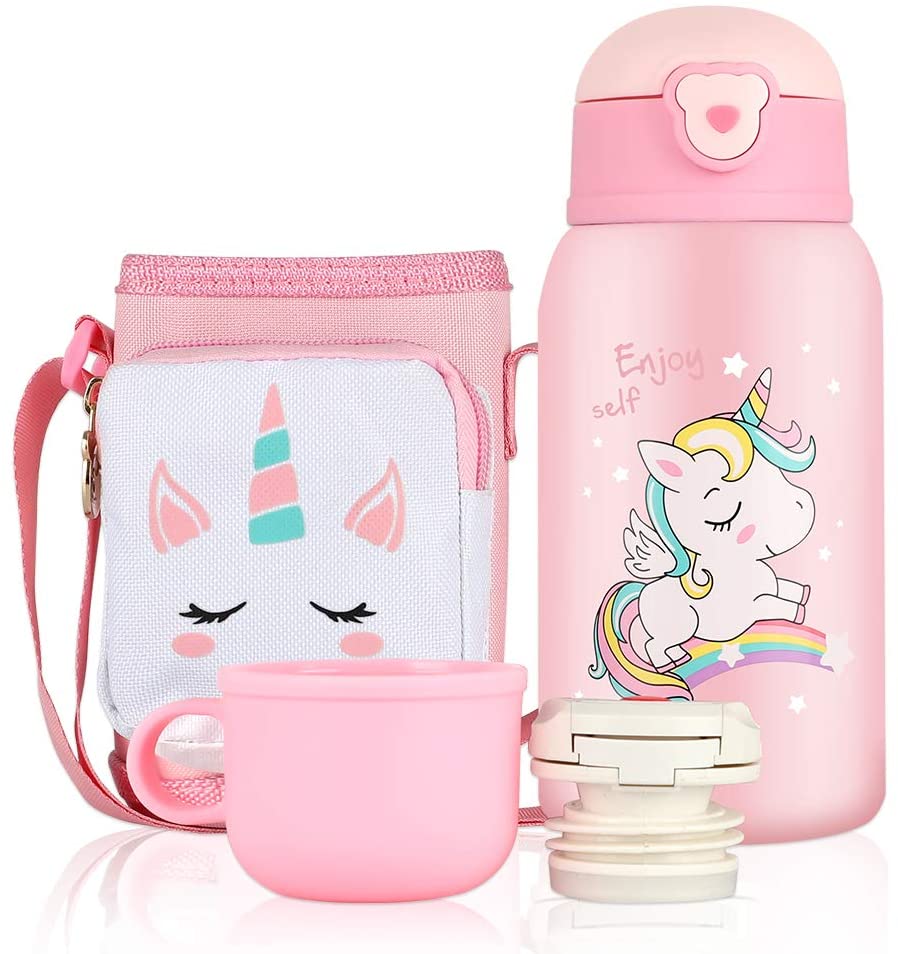
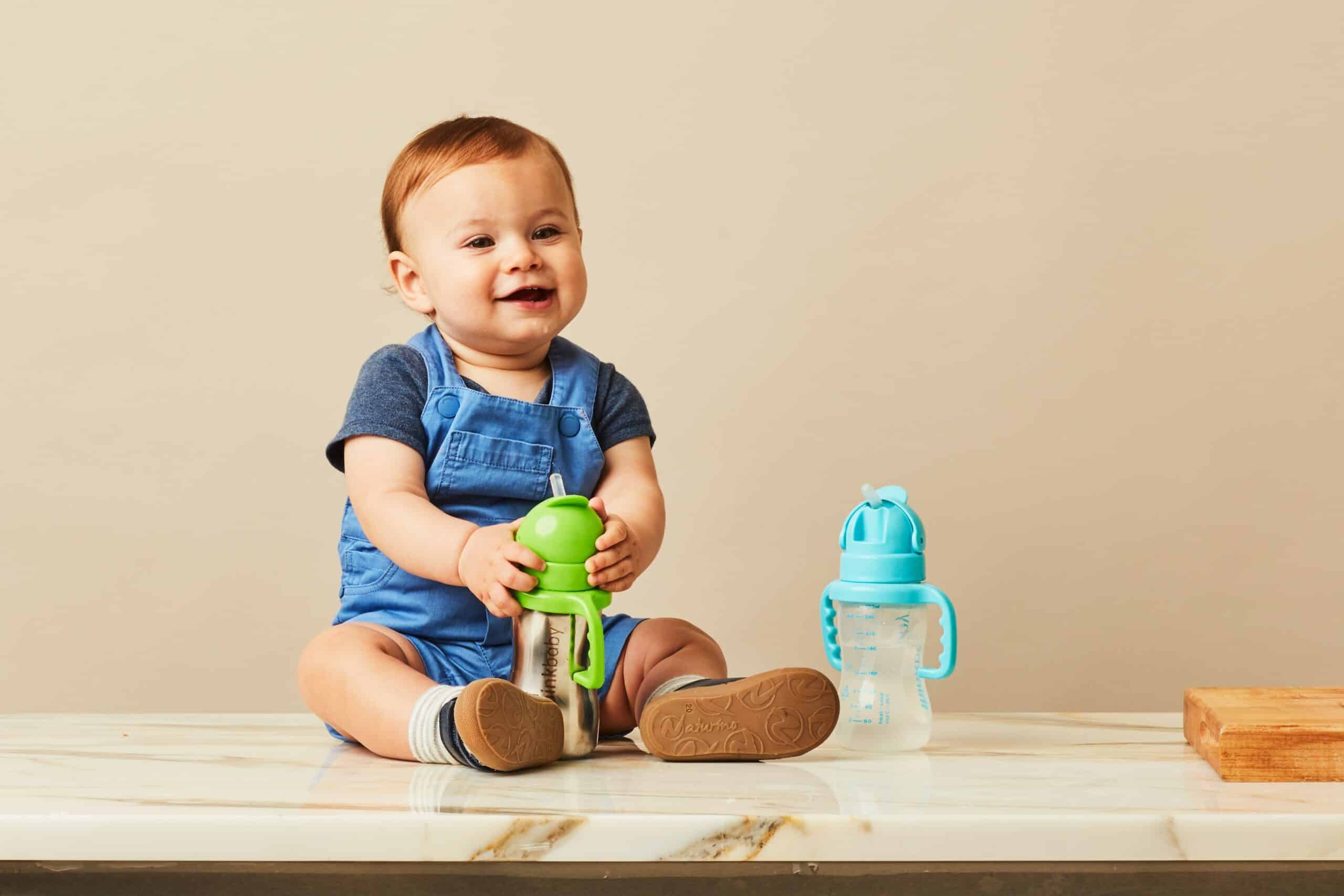

















![Playard vs Crib - Which is Best in [2021]?](https://cdn.mominformed.com/wp-content/uploads/2021/03/playard-vs-crib-150x150.jpg)
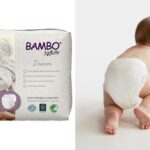
![Today's Kids Play Yard Alternatives For [year]](https://cdn.mominformed.com/wp-content/uploads/2021/07/Beautiful-little-baby-girl-sitting-inside-playpen-150x150.jpg)